AN AMERICAN THESIS FOR UNIVERSITY OF KANSAS 1926 – ON THE RACE “CHUHRAS” OF THE PUNJAB BY STRICKLER.
Race is not discussed these days and racial references are a slur on human thinking. An American in 1915 submitted a research on the race of the Chuhras of the Punjab. His name was Herbert Johnson Strickler and he did first class research on a race dominant in the Punjab. He traced its religious background, temples, beliefs, and their conversion. It is an interesting read nowadays. Sharing some of its photographs without any slur of any kind to anybody. Anyone interested in the subject can refer to us for sharing of the thesis.
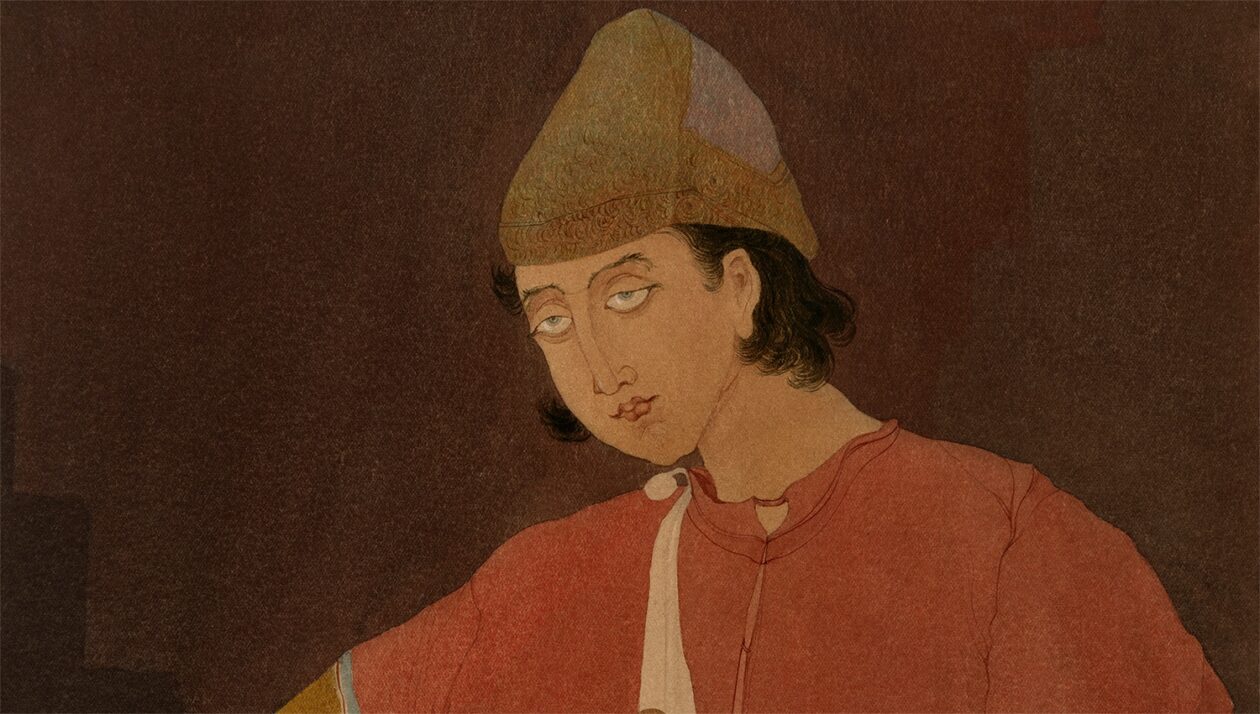
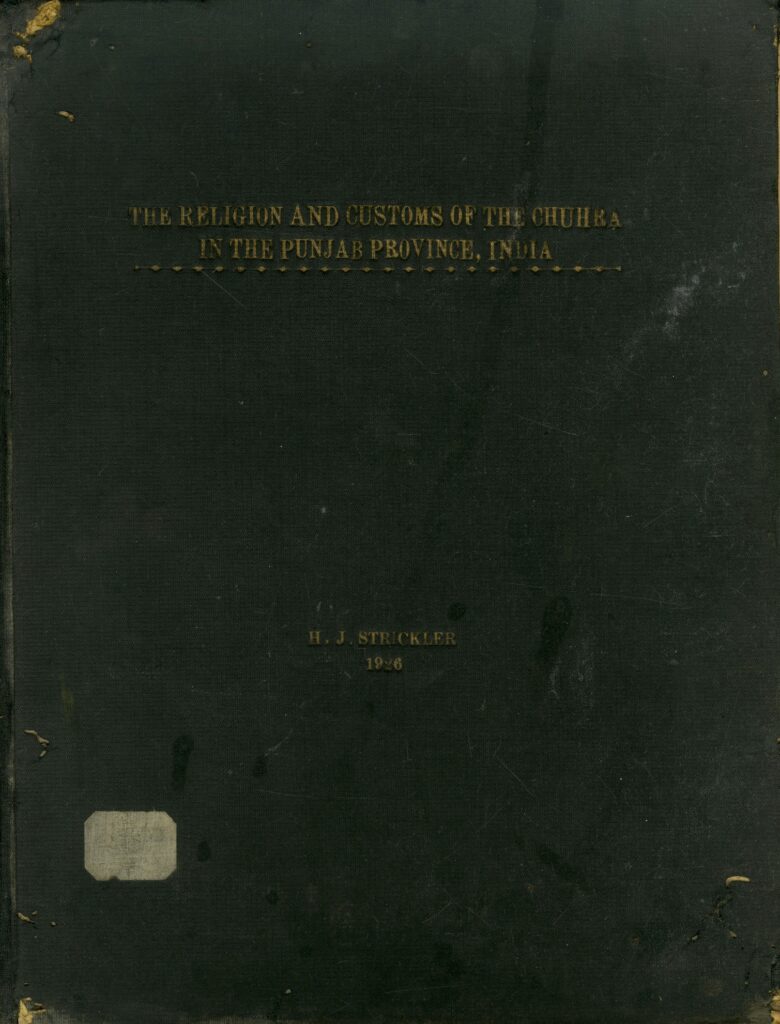
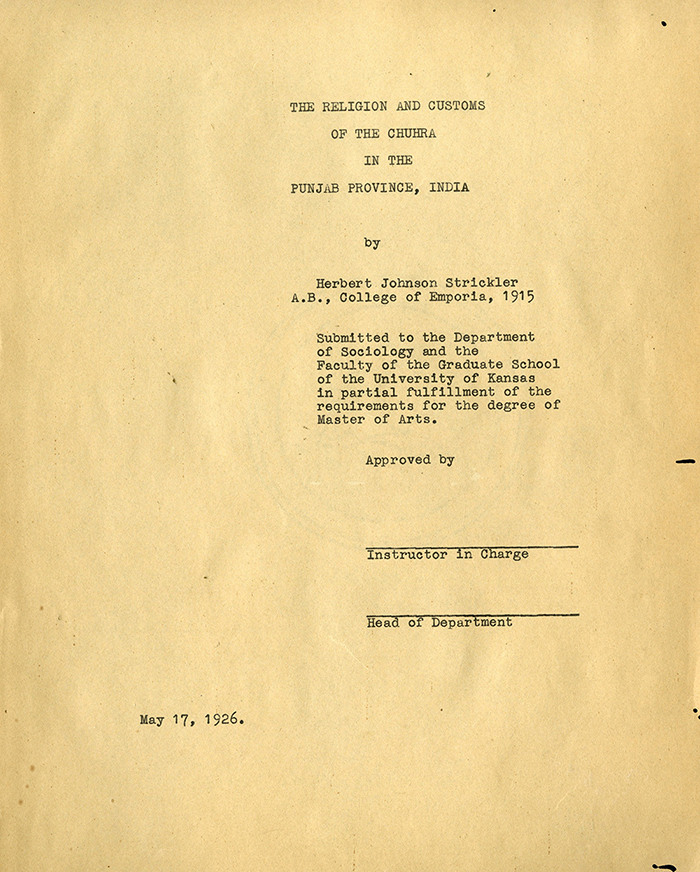
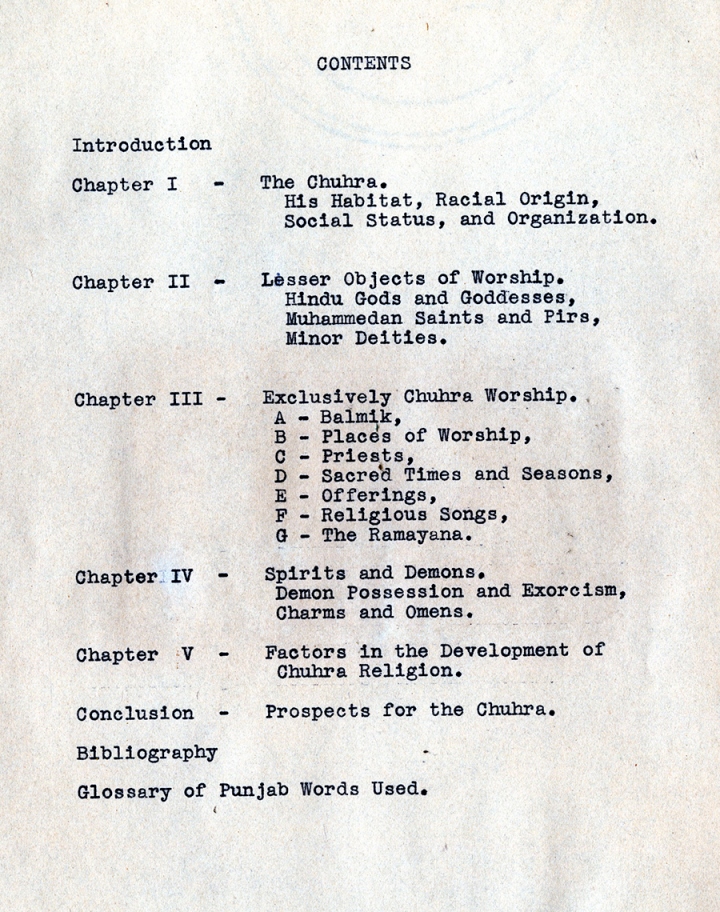
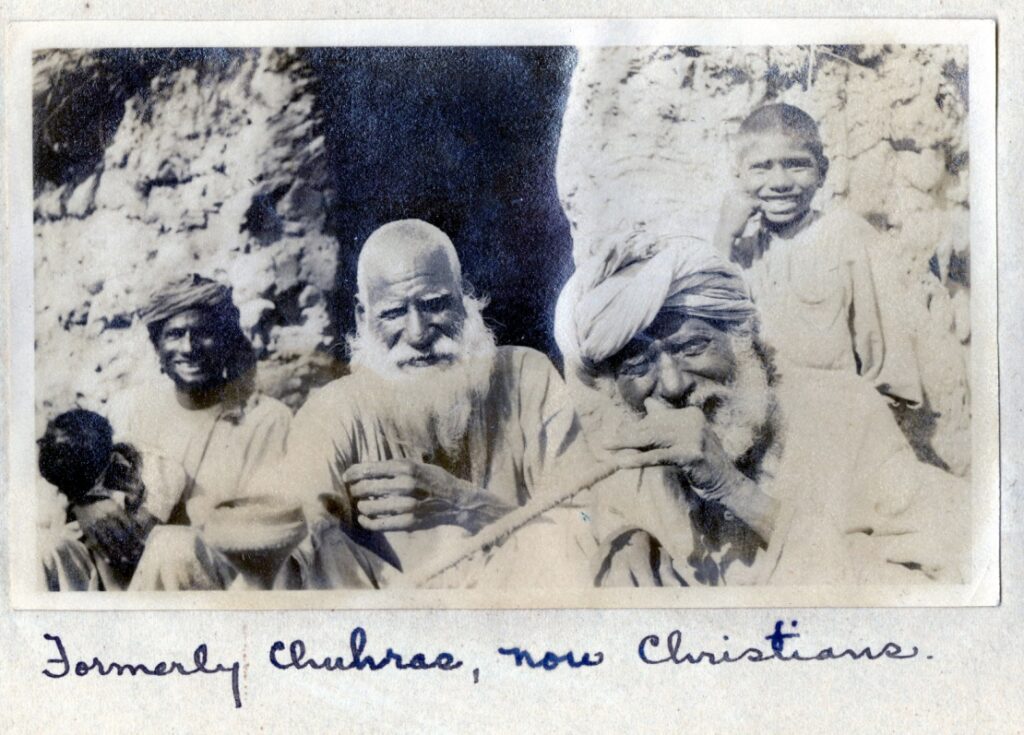
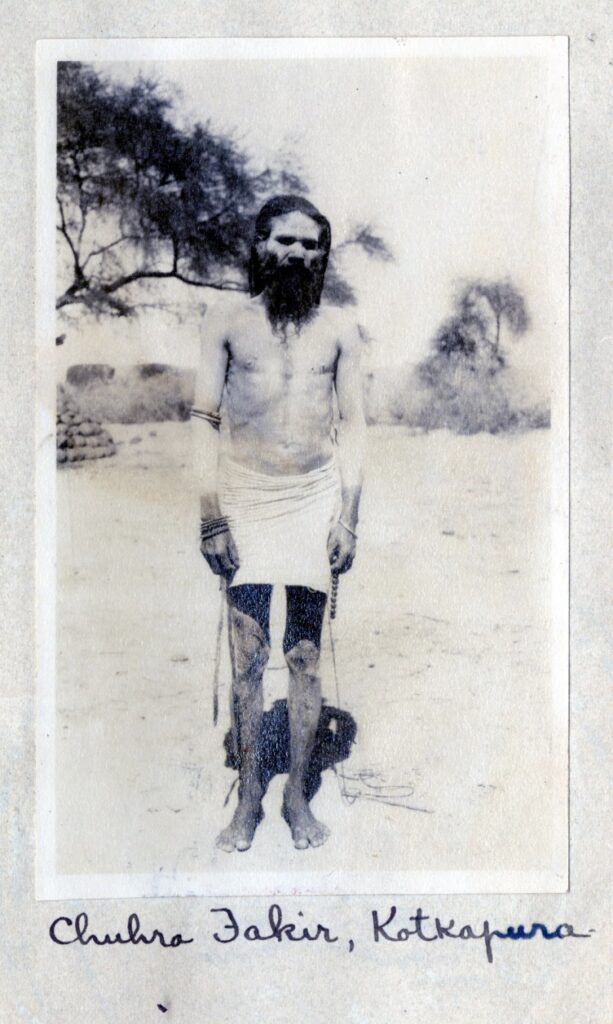
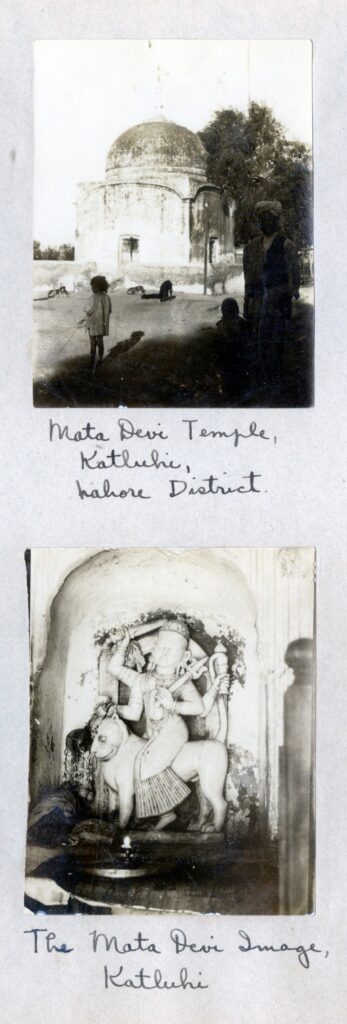
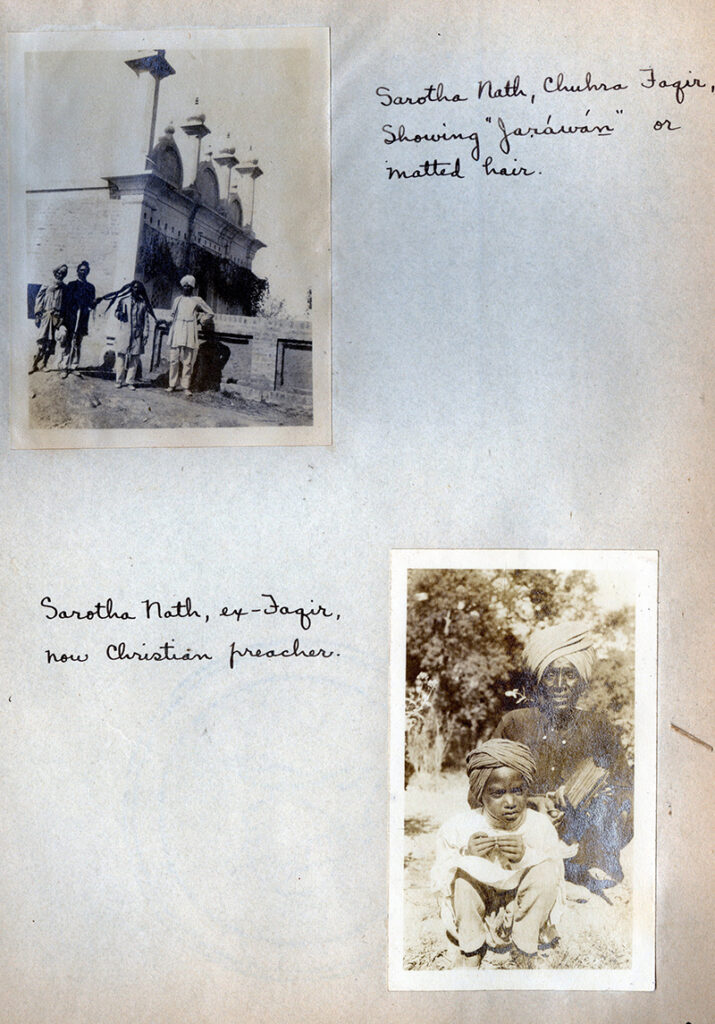
A very rare rendition of a delicate subject by an American.
The 1935 Harlem Race Riot put to rest the conflicting images of Harlem. On March 19, 1935, a young Puerto Rican boy was caught stealing a ten-cent pocketknife from the counter of a 1h Street five-and-dime store. Following the arrest, rumors spread that police had beaten the youth to death. A large crowd gathered, shouting “police brutality” and “racial discrimination.” A window was smashed, looting began, and the riot spread throughout the night. The violence resulted in three blacks dead, two hundred stores trashed and burned, and more than two million dollars worth of destroyed property. The Puerto Rican youth whose arrest precipitated the riot had been released the previous evening when the merchant chose not to press charges. Shocked by the uprising, Mayor Fiorello La Guardia established an interracial committee headed by E. Franklin Frazier, a professor of sociology at Howard University, to investigate the riot. They concluded the obvious: the riot resulted from a general frustration with racial discrimination and poverty. What the committee failed to report was that the riot shattered once and for all James Weldon Johnson’s image of Harlem as the African American urban utopia. In spite of the presence of artists and writers, nightclubs, music, and entertainment, Harlem was a slum, a black ghetto characterized by poverty and discrimination. Burned-out storefronts might be fertile ground for political action, but not for art, literature, and culture. Harlem would see new black writers in the years to come. Musicians, poets, and artists would continue to make their home there, but it never again served as the focal point of a creative movement with the national and international impact of the Harlem Renaissance.
Very nice read about Harlem.